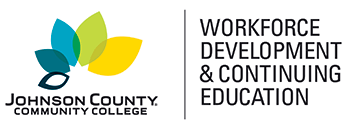Online
help
Learning at your own pace, or facilitated by an instructor
Total Quality Fundamentals (Self-Guided)
What You Will Learn
In this course you will learn how to effectively apply the fundamentals of total quality. You will gain understanding of what quality is and learn about the history of the quality movement. You will discover the role of customers in quality and determine the major elements of a quality system. This course will show you how to master key concepts such as the cost of non-quality, variation, and total employee involvement (TEI). Increase your value to your company by learning about various motivational models, leadership, and teamwork. Determine how to effectively apply quality standards by creating and implementing internal and external auditing activities. Learn the ins and outs of ISO 9000, ISO 14000, and the Malcolm Baldrige National Quality Award.
In this online course, you will learn how successful organizations apply quality to their everyday activities. You will find out how to use teamwork to make the most of your employees' abilities and potential. You will learn to manage the process of change, reduce customer complaints, and increase customer service. You will learn of a number of quality fallacies and how to lessen their impact.
Online
help
Learning at your own pace, or facilitated by an instructor
$169.00
Total Quality Fundamentals (Self-Guided)
Selected Course
Dates:
Course type: Process Improvement
Location: Online Campus Map
Contact Hours:
Course Code: LSS-902-7
Category: Process Improvement
Contact Hours: 24.0
Format: Online
Schedule Details:
After registering for this course, you can come back to the catalog to register for more courses.
Issues with registering? Please contact us at CERegistration@jccc.edu or call 913-469-2323.
Similar Courses




